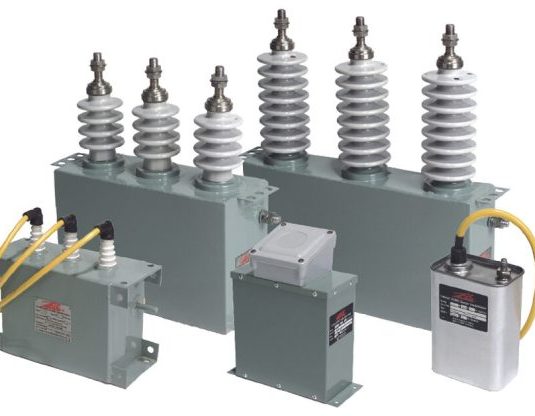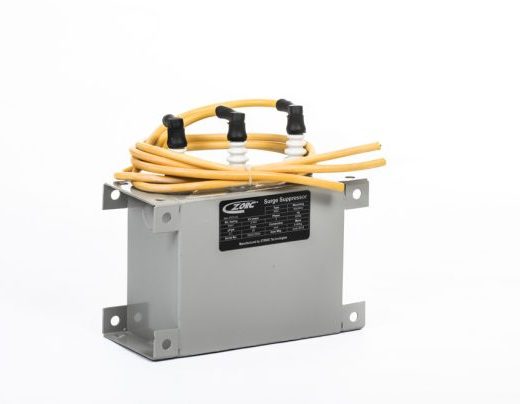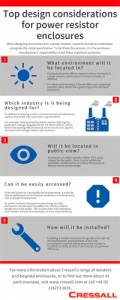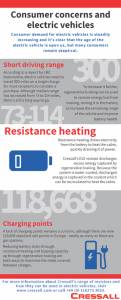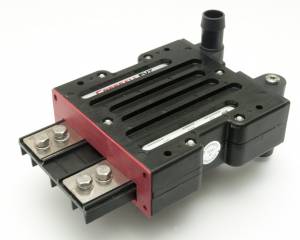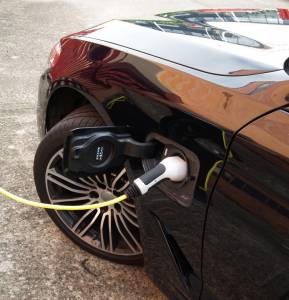NEW SURGE SUPPRESSORS FOR EXTRA PROTECTION
ZORC™ produce a range of unique high-frequency transient overvoltage surge suppressors for the protection of motors, transformers, generators and filter banks from steep wave-front, short rise-time, high magnitude, spikes, surges and other transient voltages, generated by switching and certain other sources.
The protective characteristics of ZORC™ provide comprehensive insulation coordination with both the CiGRé and IEEE motor impulse voltage withstand characteristics at all practical surge magnitudes and rise times.
Overvoltages are not only related to atmospheric impulses, in reality faults and damage can often be caused by other overvoltages such as switching overvoltage, transient recovery voltages and iron-resonance overvoltages. Good reasons to consider the installation of the ZORC™ surge suppressor.
Key Features:
- Saves money by eliminating production downtime due to insulation failure.
- Protects motors, generators and transformers throughout their service life.
- Eliminates multiple pre and re-strike transients associated when switching on or off with vacuum and other switchgear types.
- Standard and intrinsically safe models available.
- Three and single phase
Product Functions:
- System Voltage: 3 phase 400V to 13.8kV with single phase at 15kV
- Transient protection: 0.1 to 0.2 micro seconds range
- Special compact versions that can be fitted within most motor/transformer terminal enclosures or switchgear panels
- RC single phase units available from 24-40KV
Applications for motors include:
- Fans
- Compressors
- Conveyors
- Generators
- Crushers
- Motor-generator sets
- Pumps
- Mills
- Mine winders
- Mini and mobile substations
- Power station auxiliaries
Other Applications include:
- Induction and arc furnaces
- Mini and mobile substations
- Dry type transformers
- Refrigeration machines
To find out more about these new surge suppressors and how they can help you secure your electrical installations from damaging overvoltages, download our new data sheet or contact Cressall today.

